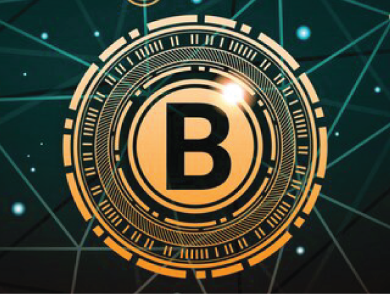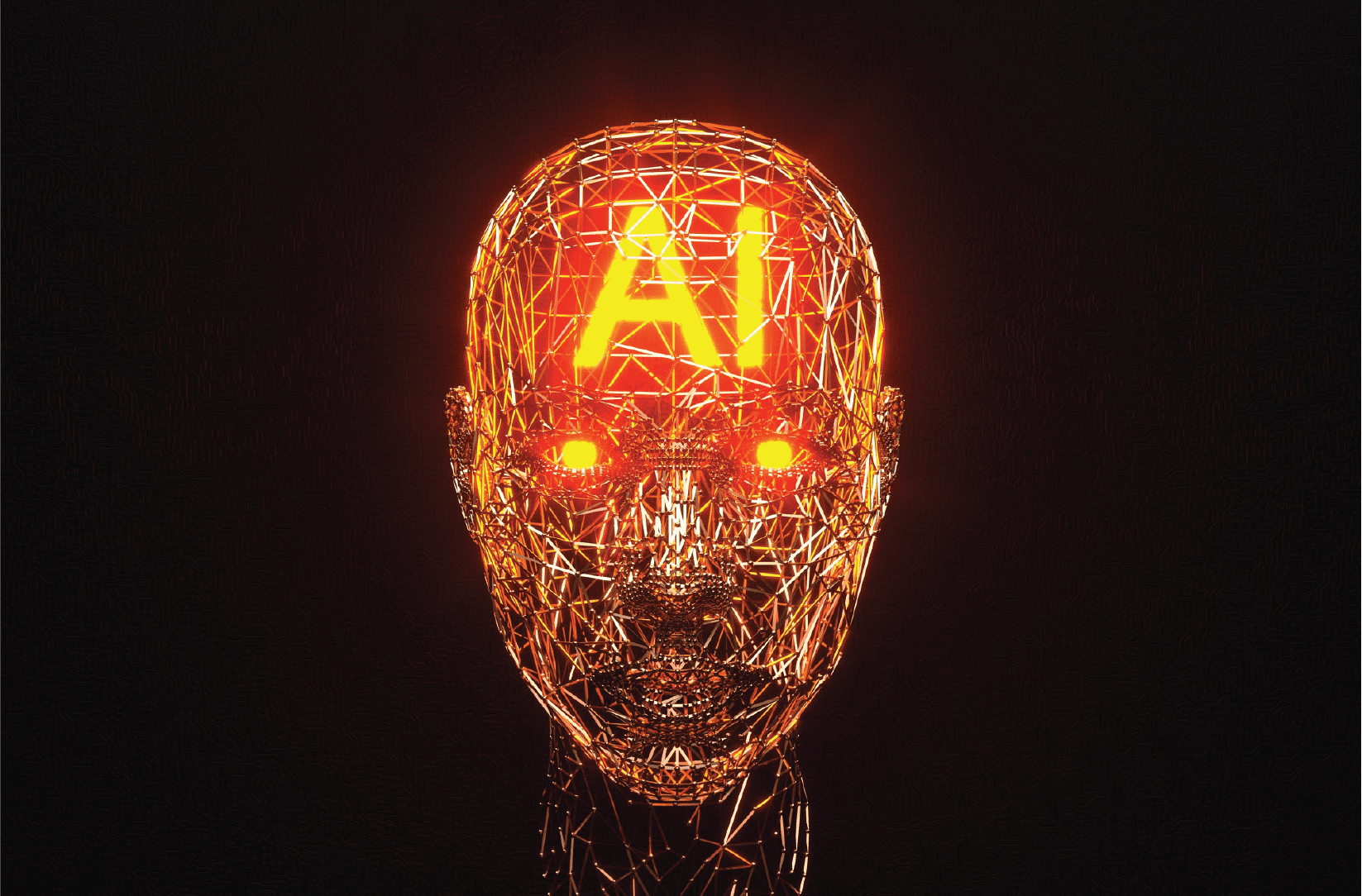Unraveling Blockchain: Grasping the Mechanics of Cryptocurrency Technology
Introduction
In recent times, the global spotlight has been on blockchain technology, mainly because of its link to cryptocurrencies such as Bitcoin and Ethereum. Nevertheless, blockchain is far more than a mere trendy term or a tool for fast gains in the unpredictable cryptocurrency realm. It stands as a pioneering technological breakthrough with the capacity to revolutionize diverse industries beyond the financial sector. In this blog, we aim to clarify the workings of blockchain technology, delving into its core principles and shedding light on the fundamental concepts that drive this transformative advancement.
What defines blockchain?
Fundamentally, a blockchain is a decentralized and distributed electronic ledger that logs transactions across a network of computers, referred to as nodes. Every block within the chain comprises a list of transactions, and once added, it becomes an immutable component of the chain. Unlike conventional centralized systems, where a singular entity oversees the ledger, blockchain functions on a consensus mechanism that requires all participating nodes to collectively validate and authenticate transactions.
Decentralization and Consensus Mechanism
The primary advantage of blockchain lies in its decentralized nature, where no central authority has control over the entire network. This decentralization makes it highly resistant to tampering, hacking, or any single point of failure. Instead, consensus algorithms are employed to achieve unanimity among nodes concerning the legitimacy of transactions before they are appended to the blockchain.
Various consensus mechanisms in existence, with Proof of Work (PoW) and Proof of Stake (PoS) being the two most prevalent. In PoW, nodes engage in a competition to solve intricate mathematical puzzles, and the first node to solve it gains the authority to add the succeeding block to the blockchain. On the contrary, PoS selects the validator based on the number of coins they "stake" or hold, rather than relying on computational power. While both mechanisms have their respective merits and drawbacks, their fundamental objective remains the same: ensuring network security and attaining consensus.
Immutability and Security
Once a block becomes part of the blockchain, it achieves a state of near-immutability, implying that any alteration or removal requires agreement from the majority of nodes. This characteristic of immutability, combined with cryptographic methods, guarantees the security and authenticity of the data within the blockchain. Any endeavor to tamper with a block triggers a chain reaction, rendering subsequent blocks invalid, thus creating a highly secure environment that thwarts fraudulent activities.
Smart Contracts
One of the most captivating aspects of blockchain technology is the introduction of smart contracts. These contracts are self-executing agreements with predetermined rules and conditions. When these conditions are met, they automatically execute without the involvement of intermediaries. Smart contracts offer versatile applications, ranging from financial transactions to supply chain management, as they eliminate the need for trust between parties and significantly reduce the risk of fraudulent activities.
Potential Applications Beyond Cryptocurrencies
Although cryptocurrencies brought blockchain technology into the spotlight, its potential extends well beyond digital currencies. Many industries are actively exploring various applications of blockchain:
1. Supply Chain Management: Blockchain can improve transparency and traceability in supply chains, ensuring the authenticity of products and reducing the risk of counterfeit goods.
2. Healthcare: Medical records stored on a blockchain can enhance data security and interoperability, enabling seamless sharing of patient information among healthcare providers.
3. Voting Systems: Blockchain's immutability and transparency can revolutionize voting systems, ensuring secure and tamper-resistant elections.
4. Intellectual Property: Blockchain can enable artists and creators to protect their intellectual property rights and receive fair compensation for their work through transparent royalty distribution.
Conclusion
To conclude, blockchain technology represents a revolutionary force that surpasses its association with cryptocurrencies. Its decentralized, secure, and transparent nature offers abundant opportunities for industries to improve efficiency, security, and trust in their operations. Familiarity with the foundational principles of blockchain allows us to envision a future where innovative applications will transform various aspects of our daily lives.
As this technology continues to progress, addressing challenges like scalability, energy consumption (particularly with PoW), and regulatory aspects becomes crucial. Through continuous research and development, blockchain holds the potential to usher in a new era of innovation and collaboration, shaping a more interconnected and decentralized world.









